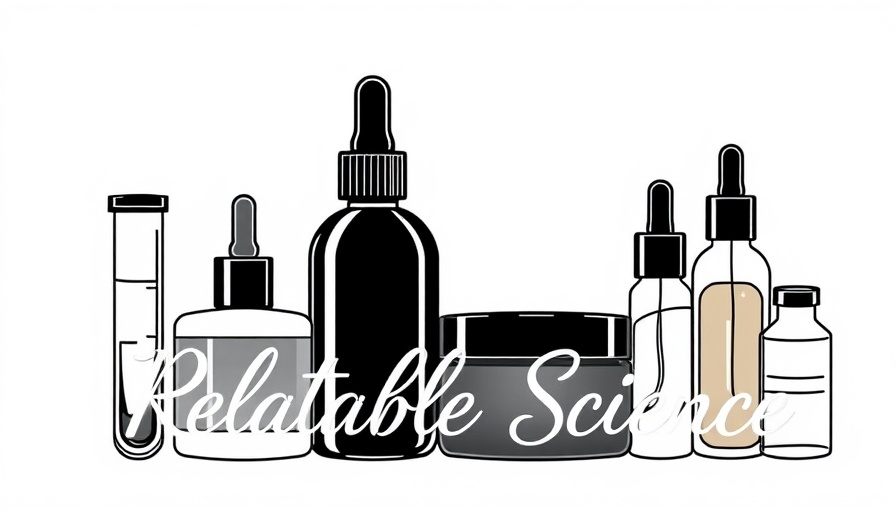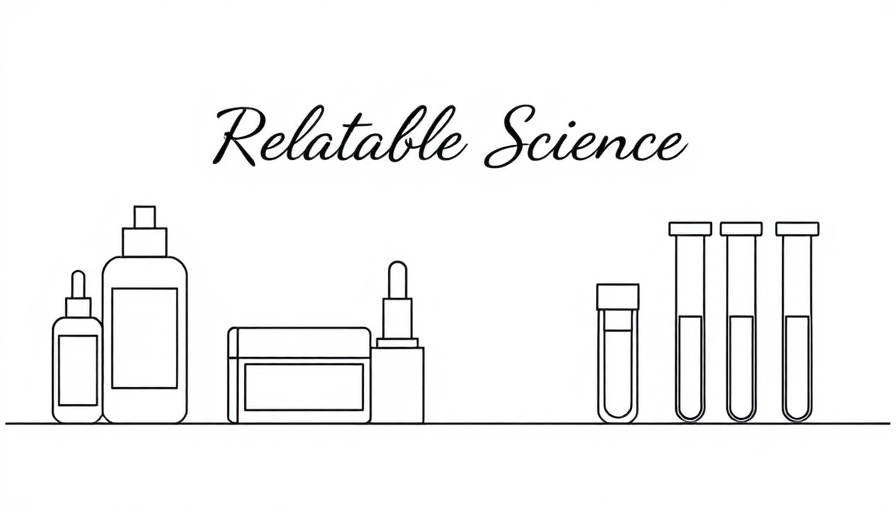
The Rise of NAD in Skincare: What You Need to Know
If you’ve been keeping up with the latest skincare trends, you’ve likely encountered the term NAD for skin, short for nicotinamide adenine dinucleotide. This molecule, revered in the field of aging research, has quickly established itself as a standout ingredient in many anti-aging products. But does it truly deliver on its promises? Let’s delve into the science behind NAD and explore its implications for skin health.
What is NAD, and Why is it Essential for Skin Health?
NAD⁺ is a coenzyme found in every cell of the body, playing a crucial role in metabolic processes. As we age, the levels of NAD⁺ in our bodies decline, which may contribute to visible signs of aging such as dullness and reduced elasticity. This depletion poses challenges for maintaining youthful skin, making the replenishment of NAD⁺ essential. Studies suggest that restoring NAD⁺ levels may enhance skin repair mechanisms, reduce oxidative stress, and improve cell function.
From Research Labs to Your Beauty Shelf
The journey of NAD⁺ from scientific research to mainstream skincare has been rapid and revolutionary. Originally a focus of anti-aging studies, NAD⁺ has now made its way into serums and topical applications. This surge can be attributed in part to its foundational role in energizing skin cells and boosting metabolic functions. Notably, NAD⁺ boosters like NMN (nicotinamide mononucleotide) and NR (nicotinamide riboside) are gaining traction. These ingredients, now featured in both supplements and topical products, actively work towards replenishing skin’s NAD⁺ reservoirs.
The Benefits of NAD for Your Skin: What Science Says
NAD⁺ is essential for various critical processes:
- Repairing DNA Damage: NAD⁺ plays a role in assisting PARPs (poly(ADP-ribose) polymerases) to repair DNA damage caused by UV radiation and aging. This act is akin to restoring a fragile blueprint for skin health, keeping it resilient.
- Youthful Cell Maintenance: Sirtuins, regarded as longevity proteins, rely on NAD⁺ to maintain cellular health. By acting like routine maintenance for your skin cells, NAD⁺ contributes to a more youthful appearance.
- Energy Production: Mitochondria, the energy factory of cells, use NAD⁺ to produce adenosine triphosphate (ATP), which is vital for proper cell function. Enhanced ATP production translates into optimal energy levels, empowering skin cells to perform their roles effectively.
- Strengthening the Skin Barrier: A robust skin barrier is essential for retaining moisture and protecting against external irritants. NAD⁺ supports skin lipid production, contributing to a healthy barrier that locks in hydration.
What's Next in Skincare Science?
As our understanding of the benefits of NAD for skin health expands, innovative formulations targeting NAD⁺ replenishment are expected to emerge more prominently in the skincare market. We may see a rise in non-invasive treatments utilizing NAD⁺ alongside other advanced cosmetic technologies. These innovations may include topical solutions combined with RF technology and micro-needling, blending cellular rejuvenation strategies with established beauty therapies.
Conclusion: Embrace the Future of Skincare
With its scientifically-backed benefits, NAD for skin seems to be more than just a fad. As affluent consumers who appreciate quality and innovation in beauty, integrating NAD⁺ products into your routine could offer intriguing results. As the industry focuses on advanced skincare solutions, keep an eye out for new products that promise powerful enhancements for skin vitality.
Consider exploring the latest NAD-infused skincare products that can complement your routine. By staying informed and open to evolving beauty technologies, you can empower your skin to age gracefully and vibrantly.
 Add Row
Add Row  Add
Add 




Write A Comment